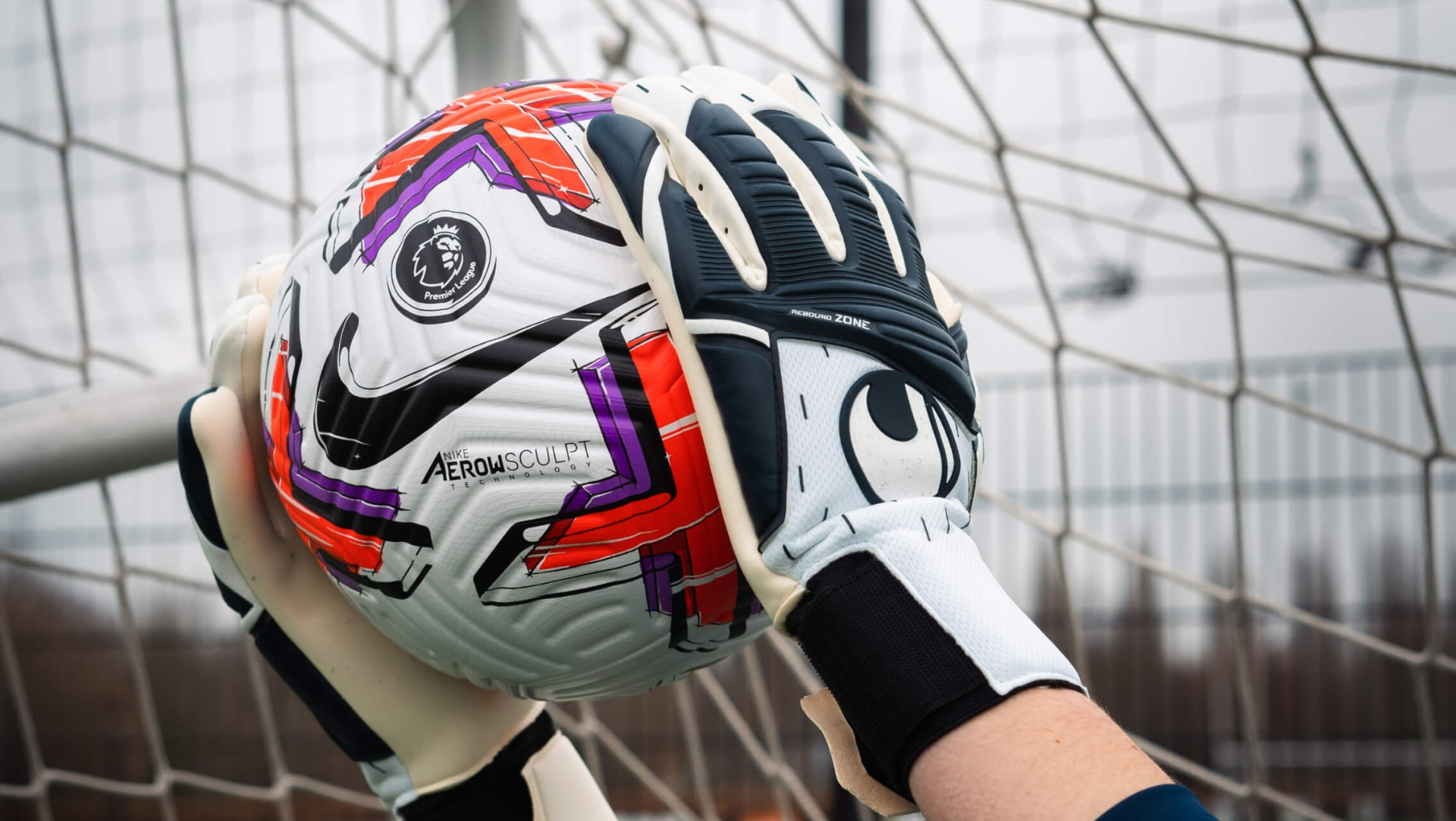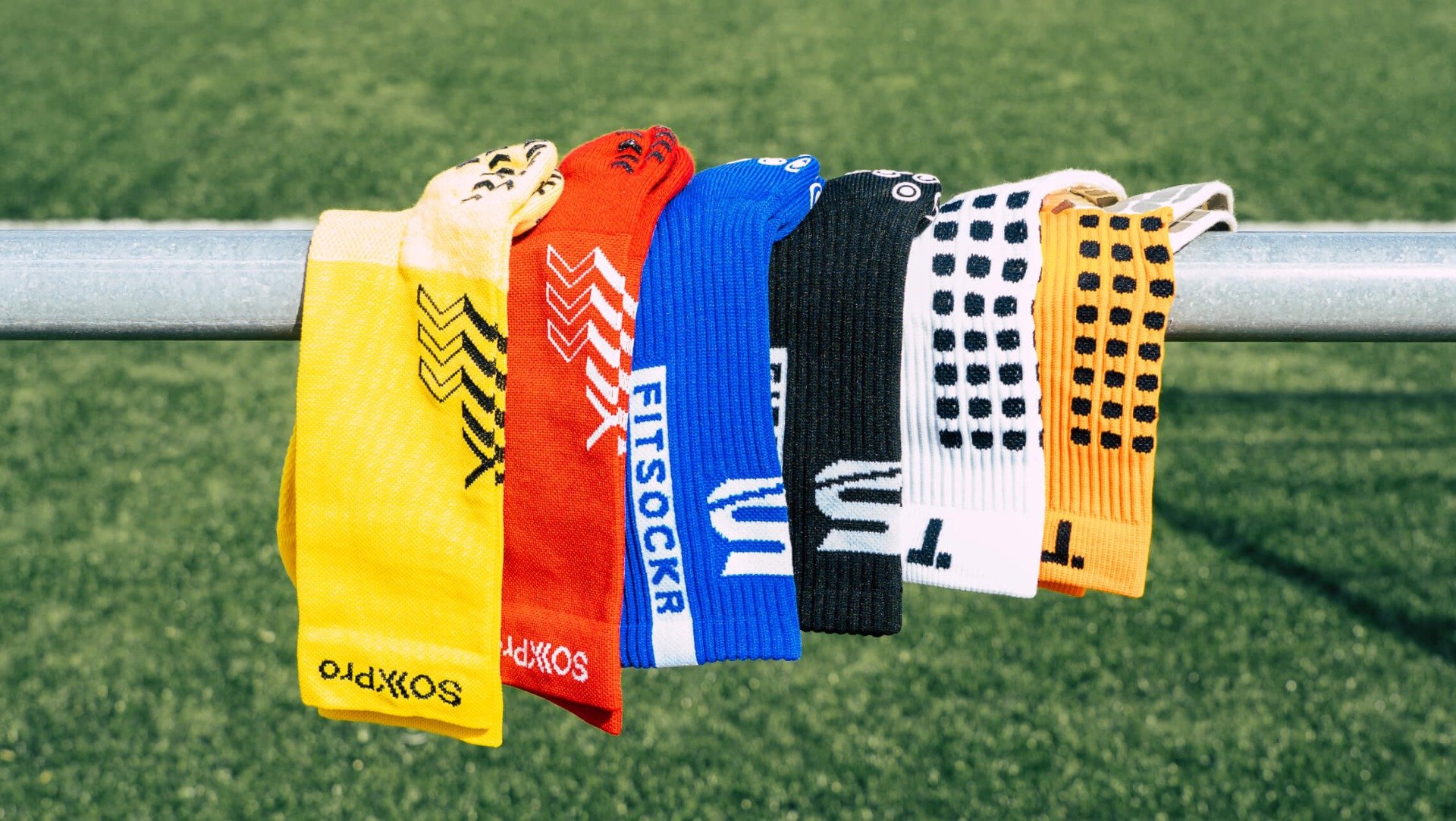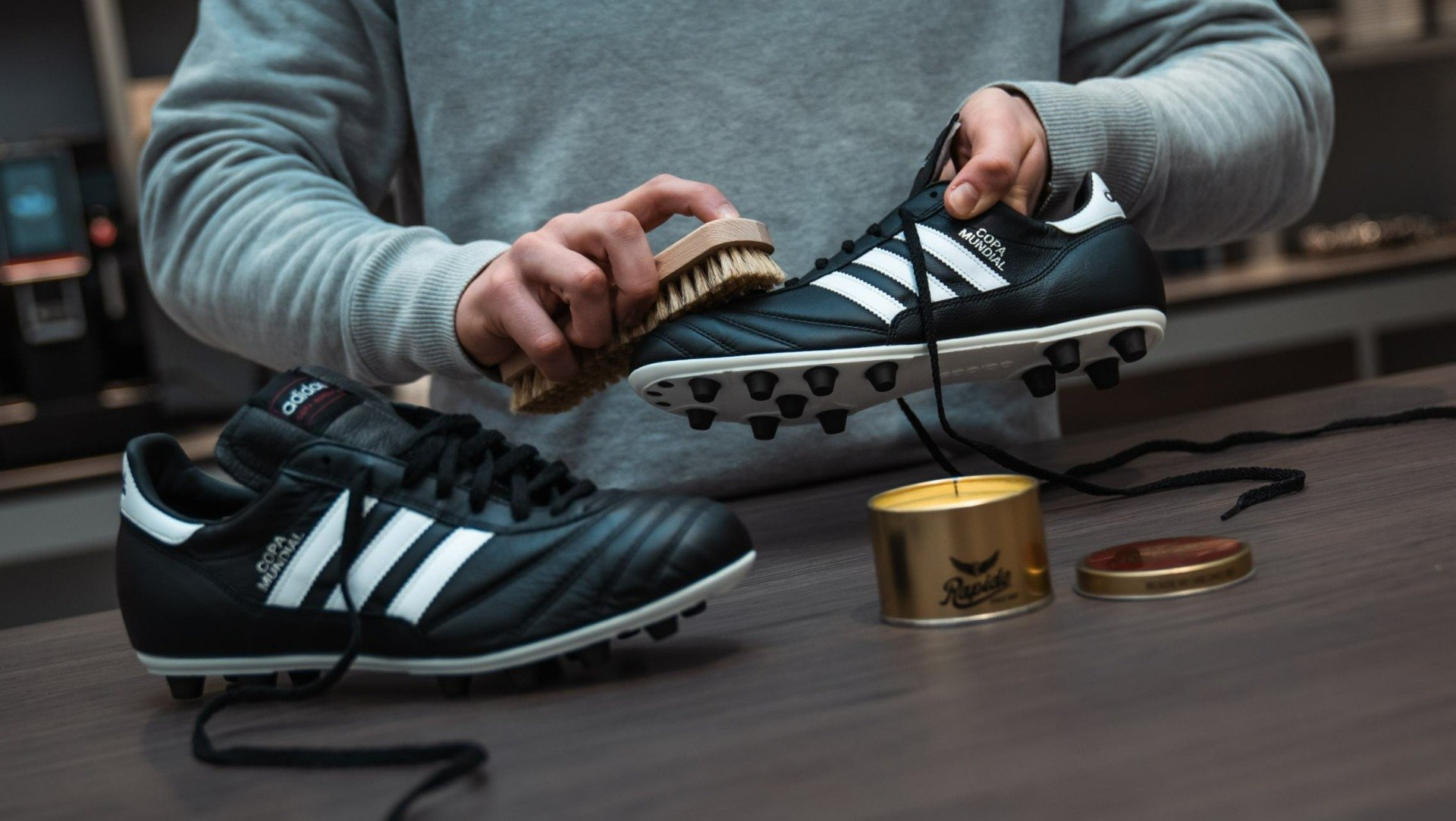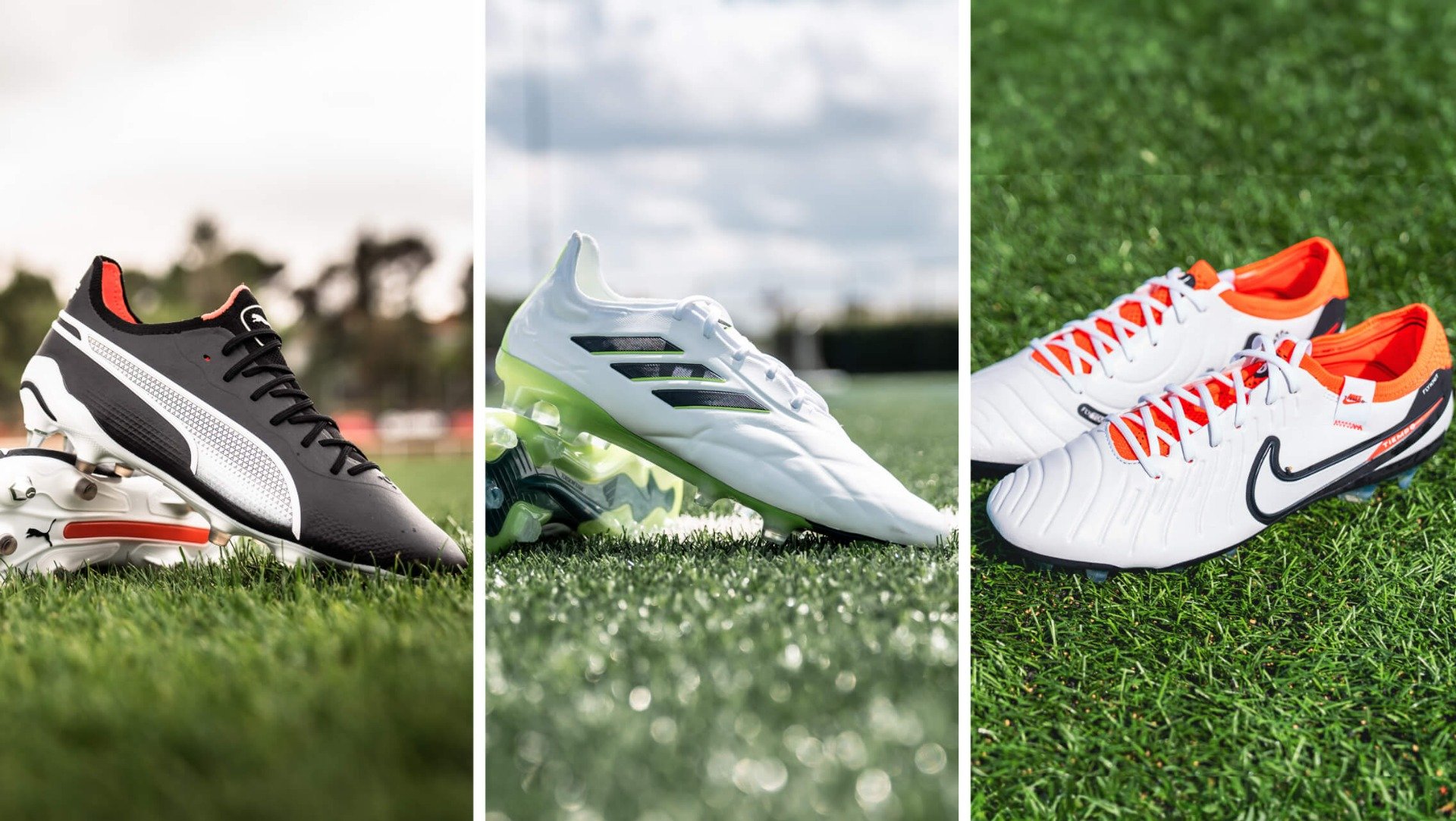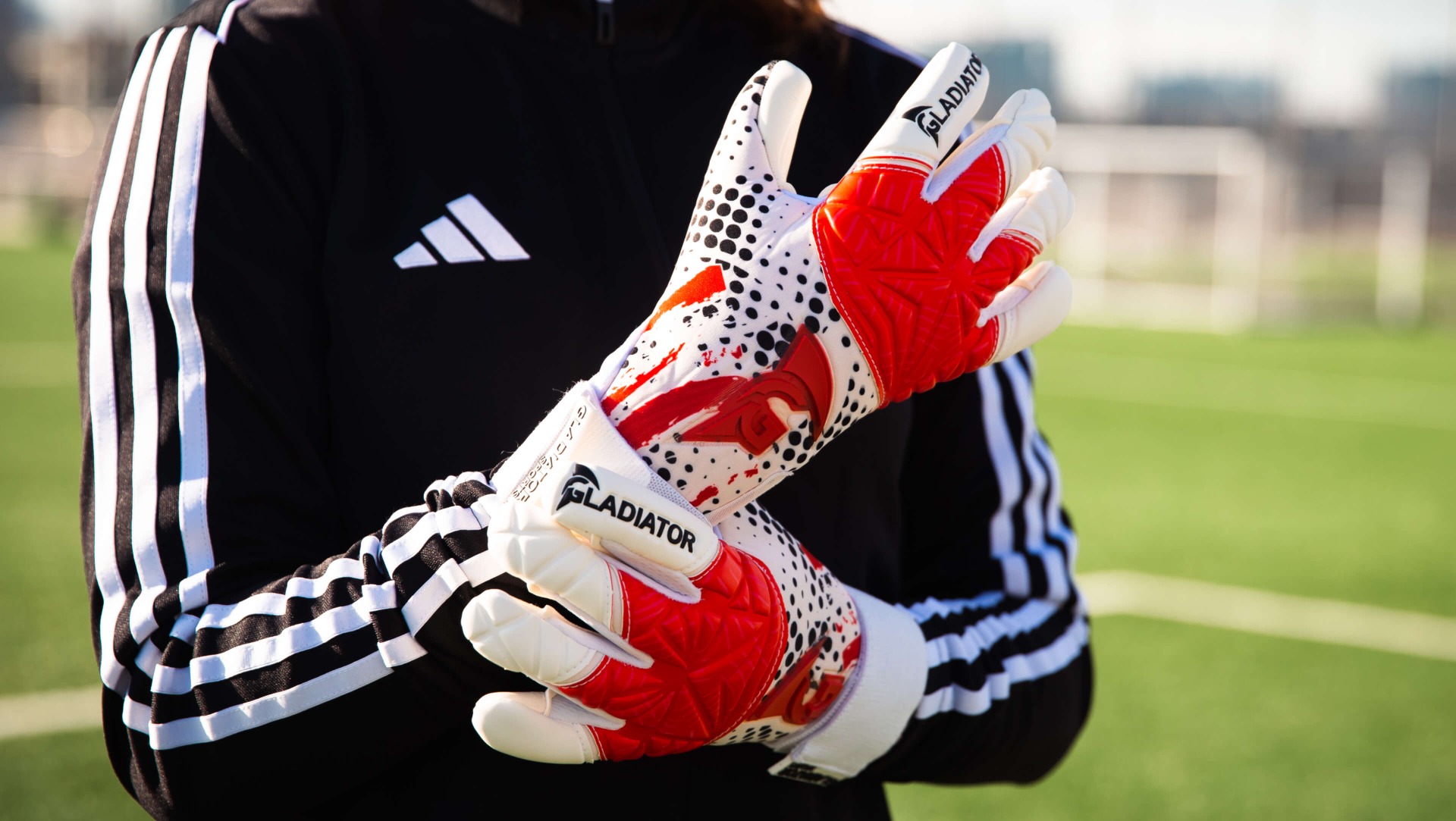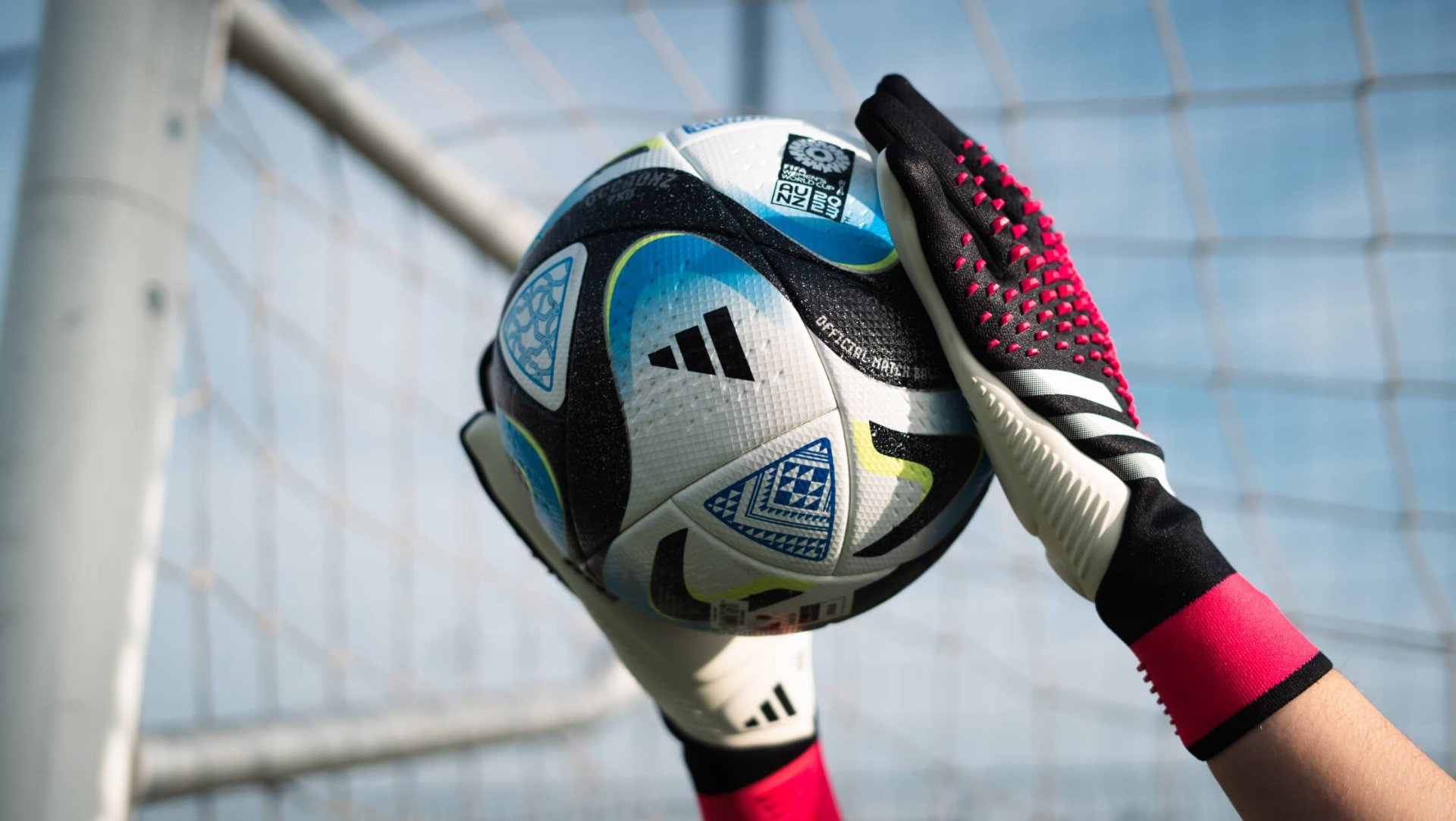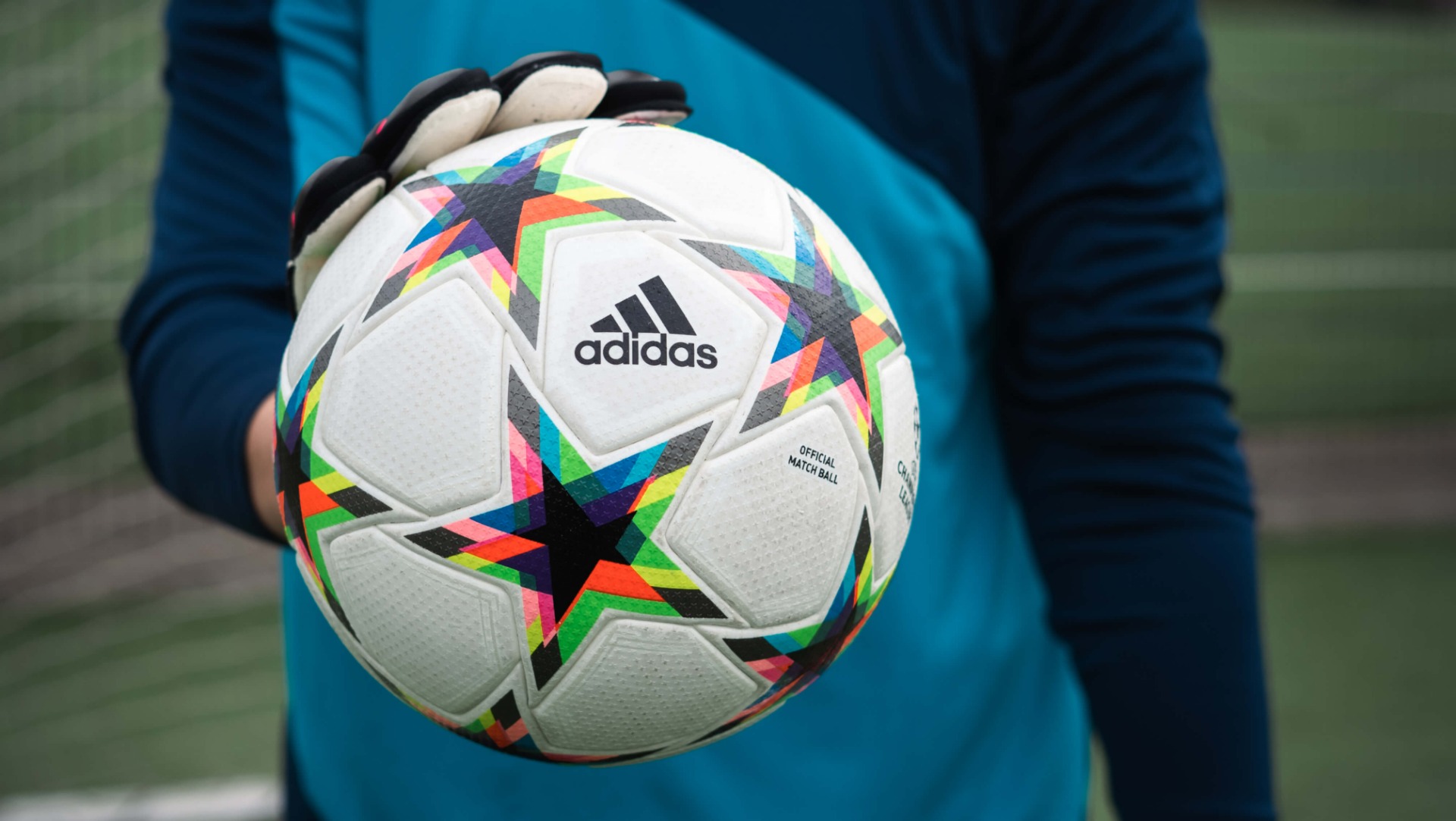- 2 years ago
Voetbalshop helps you find the right goalkeeper gloves
The role of goalkeepers in football is becoming increasingly important, and with that comes the need for the right goalkeeper gloves. Finding the "right" goalkeeper gloves is often a personal matter, but we at Voetbalshop are happy to lend a hand. After reading this blog, you'll know which goalkeeper gloves are the best fit for you.
Football boots evolve rapidly, and the same can be said for today's goalkeeper gloves. It’s all about comfort, performance, and being able to give your best on the goal line. However, there are a few important aspects to consider when choosing the right goalkeeper gloves. We explain it in a few steps. Keep reading to make the right choice!
In this video, we explain what to consider when purchasing new goalkeeper gloves.
Step 1: What surface do you play on?
Just like with football boots, the surface you play on is important when choosing your goalkeeper gloves. There is a distinction between goalkeeper gloves for natural grass (allround) and goalkeeper gloves for artificial turf or indoor (hardground).
Natural grass goalkeeper gloves
Goalkeeper gloves for natural grass are considered the 'standard' goalkeeper gloves. Typically, this type of glove has a softer foam layer, providing better grip. This foam layer will wear out less quickly on natural grass than on harder surfaces. Here you can find all goalkeeper gloves for natural grass.
Artificial turf goalkeeper gloves
Do you play your matches and training sessions on artificial grass? Then you need special goalkeeper gloves for this. Goalkeeper gloves for artificial grass have an extra durable foam layer, which makes them wear out less quickly. This is very important for this type of surface. Here you can find all goalkeeper gloves for artificial grass.
Step 2: How to choose a good fit – 'cut'?
The fit of goalkeeper gloves, also known as the 'cut,' is the next factor to consider. The 'cut' refers to how the glove is shaped and how the stitching is finished. The 'cut' determines how the glove fits around your hand. These are the most common cuts:
Classic Cut
The most common stitching method is the Classic Cut method, also known as the traditional method. In this case, the stitching of the material on the inside of the goalkeeper glove is visible on the side of the fingers, resulting in a flat finger fit. Check out all goalkeeper gloves with a Classic Cut here.
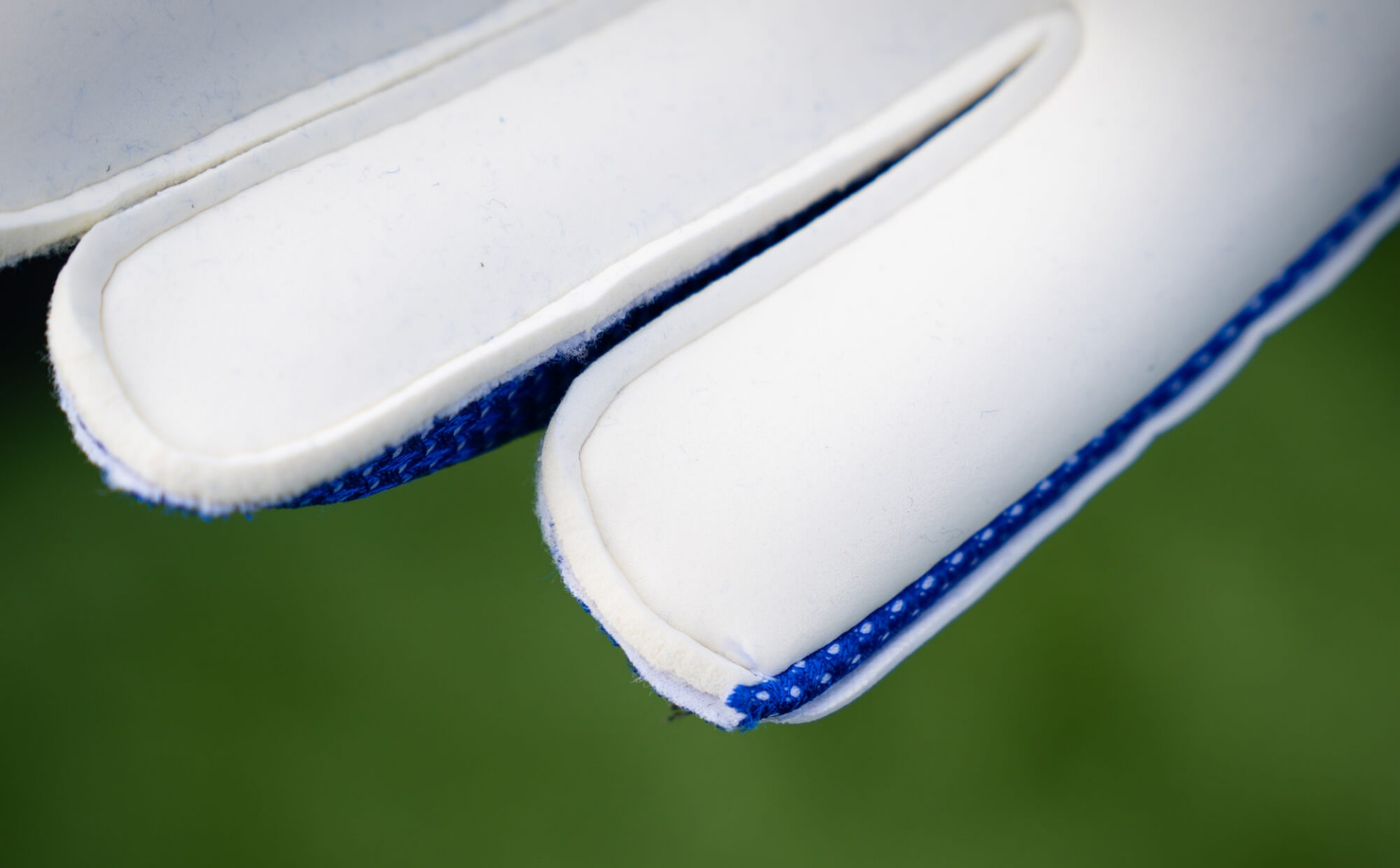

Classic cut goalkeeper gloves
Negative Cut
In this method, the seams are stitched on the inside rather than the outside. This method is called Negative Cut. This goalkeeper glove not only provides excellent grip but also the best feel when the ball is in the glove. As a result, the grip is optimal when catching and throwing the football. Check out all goalkeeper gloves with a Negative Cut here.
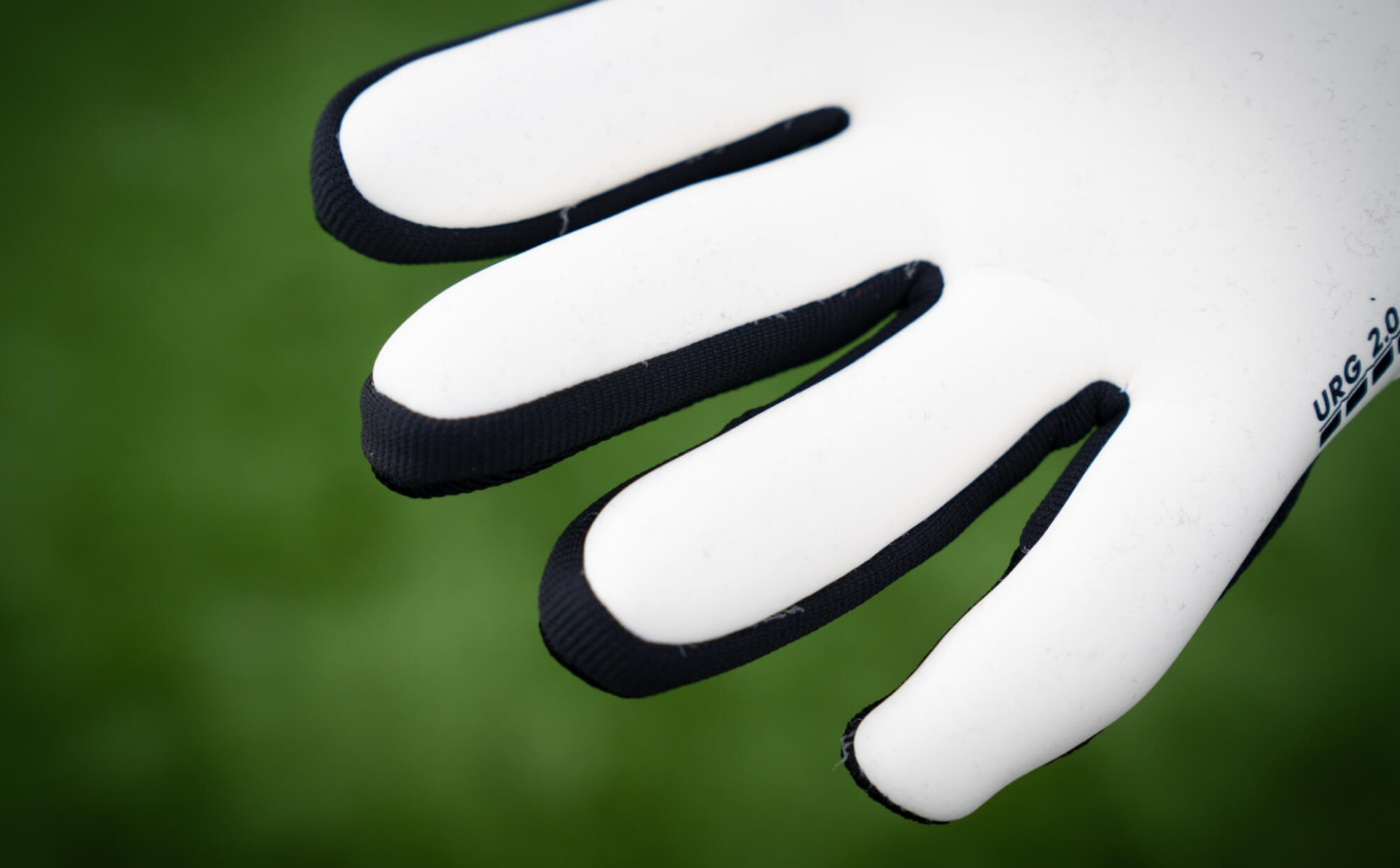

Negative cut goalkeeper gloves
Rollfinger Cut
Another method for finishing the fingers of the goalkeeper glove is the Rollfinger method. In this method, the material is rolled around the fingers, providing much better grip than a flat finger. A good Rollfinger goalkeeper glove especially offers improved grip when catching the ball. Check out all goalkeeper gloves with a Rollfinger Cut here.
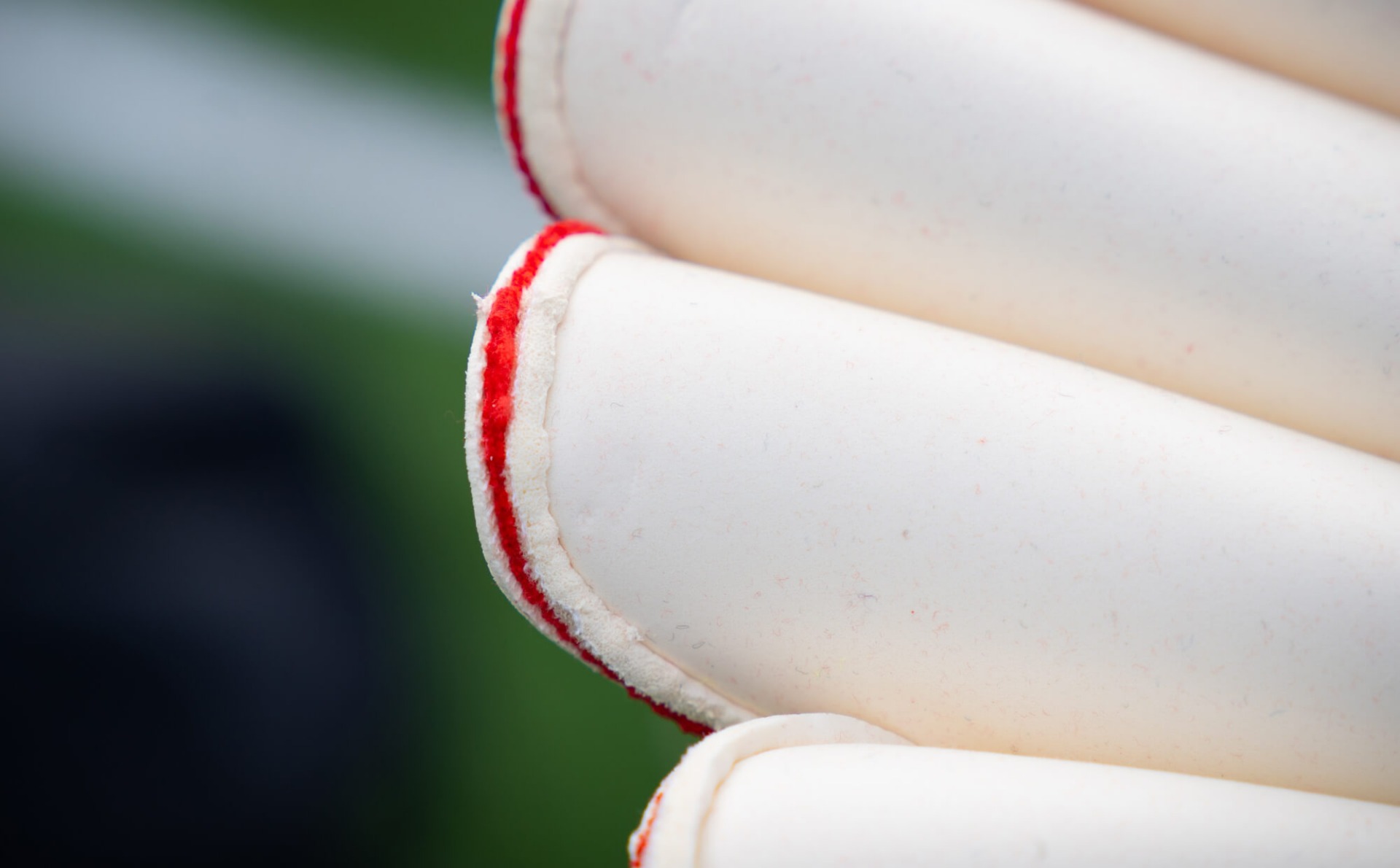

Rollfinger cut goalkeeper gloves
Hybrid Cut
Nowadays, the methods mentioned above are combined for goalkeepers with irregularly shaped hands or fingers. In a Hybrid Cut goalkeeper glove, the pinky and index fingers are stitched using the Rollfinger method, while the middle two fingers are stitched using the Negative or Flat Cut method. Check out all goalkeeper gloves with a Hybrid Cut here.
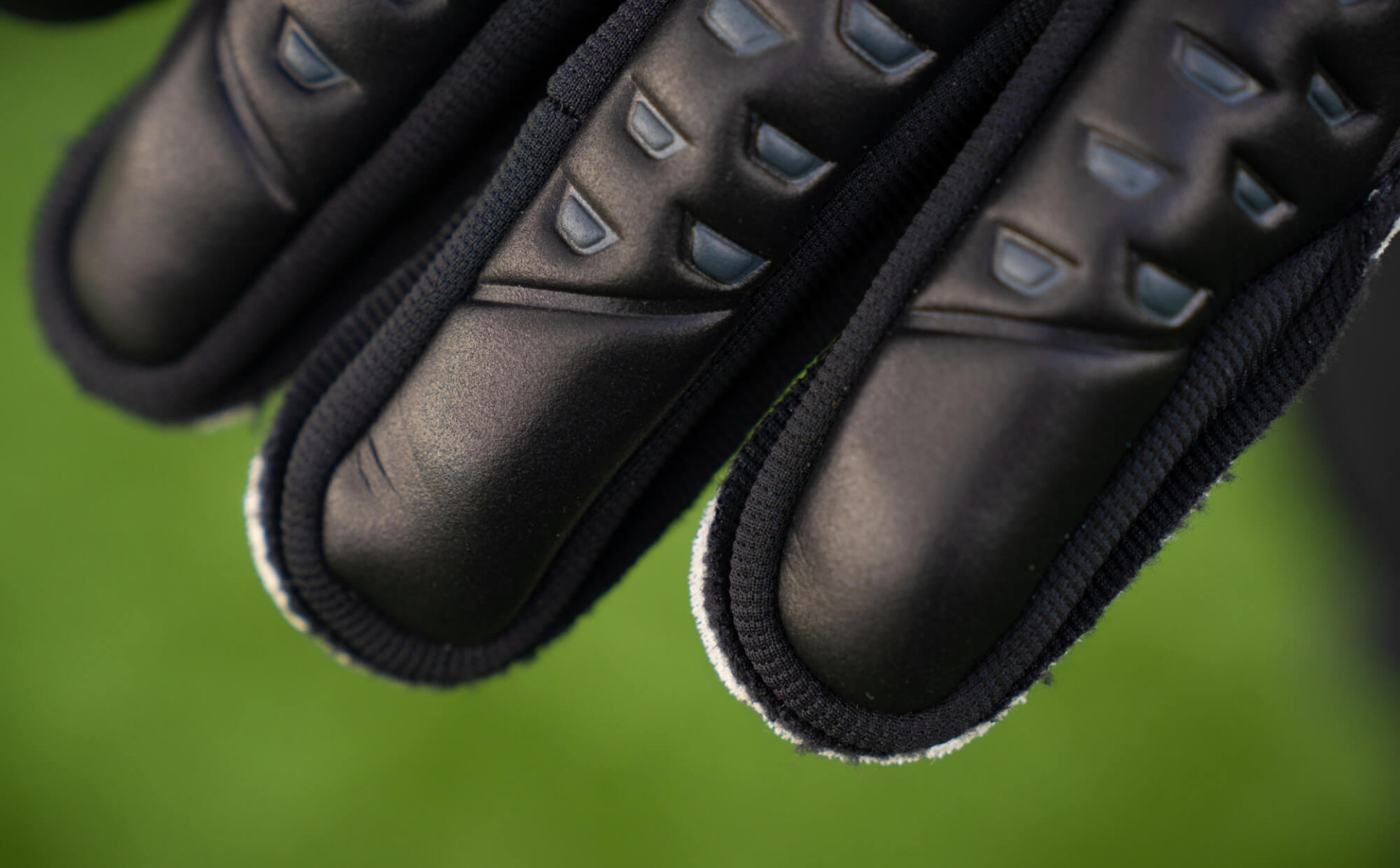

Hybrid cut goalkeeper gloves
Step 3: With or without fingersave?
Another important aspect when choosing the right goalkeeper gloves is the fingersave technology. This technology prevents the fingers from bending backward when catching or punching the ball, offering extra protection for your fingers. This is often a personal preference, as some goalkeepers, for example, may not have issues with fingers bending backward. Fingersave can sometimes limit the mobility of the hands, which some players find uncomfortable. Each brand of goalkeeper gloves has its own fingersave system, which may be removable if you don't find it suitable.
Check out all goalkeeper gloves with fingersave here.
Check out all goalkeeper gloves with removable fingersave here.
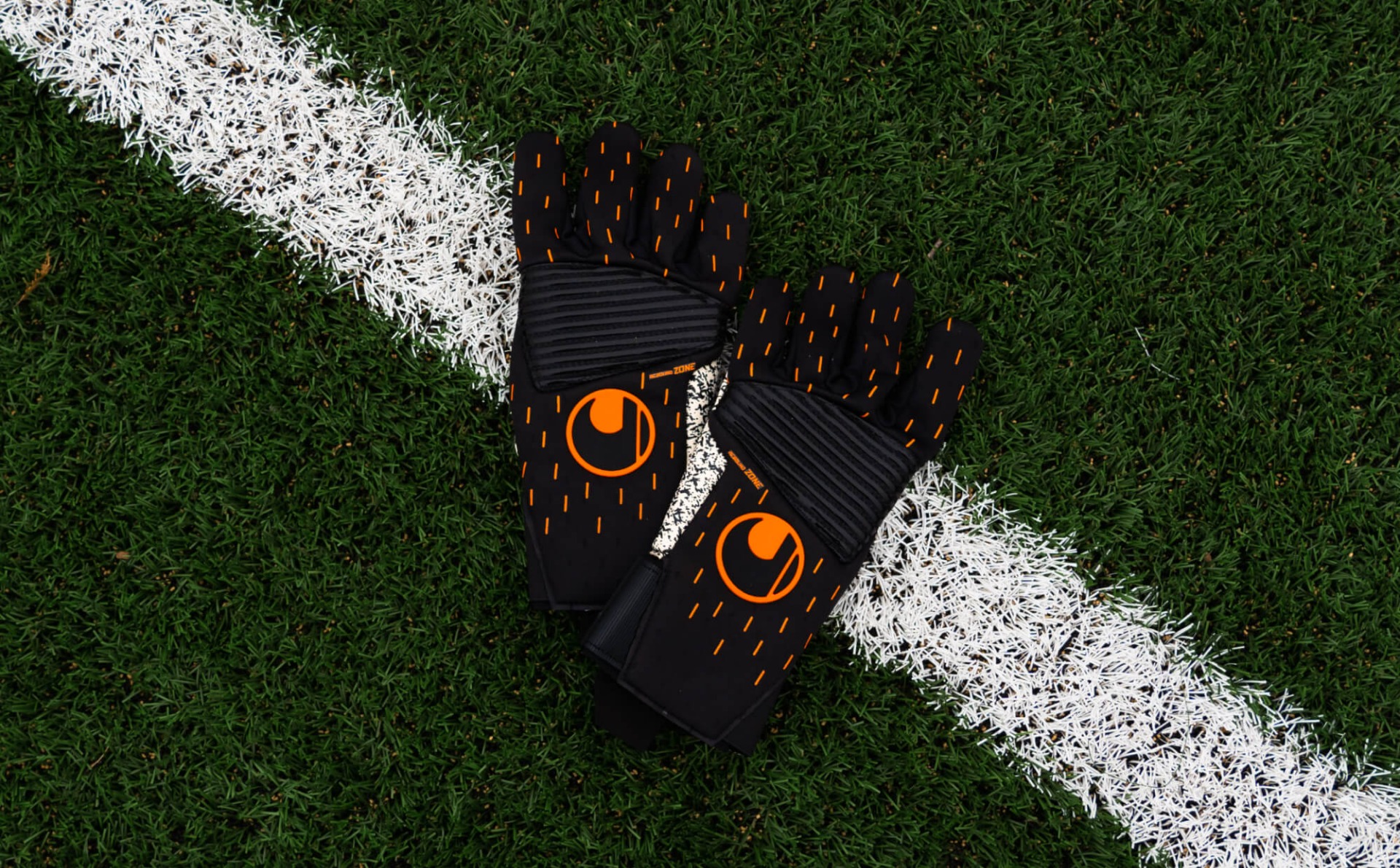

Uhlsport goalkeeper gloves with fingersave
Step 4: Which size goalkeeper gloves should I choose?
The final aspect to consider is the size. This is essential for a goalkeeper to perform at their best! Goalkeeper gloves that are too big or too small can make you feel insecure, something no goalkeeper needs! Keep in mind: sizes can vary by brand. Always refer to the size chart for the goalkeeper gloves when purchasing a pair to ensure you choose the right size.
How do I determine the size I need?
The size of your goalkeeper gloves is determined by the circumference of your palm. Place your hand palm-up, measure the circumference of your hand (above the thumb), and refer to the size chart to determine your size in cm.
A perfect fit not only ensures a comfortable goalkeeper experience but also prevents premature wear and tear. If you buy gloves that are too small without first consulting our goalkeeper gloves size chart, the seams around your fingers may tear. Gloves that are too large can cause the tips of your fingers to fold over.
"Good goalkeeper gloves" fit well, tailored to your hands, wrists, and the surface you're playing on. With these tips, you're sure to find the perfect pair. Curious about our full range? Check out all goalkeeper gloves here.




